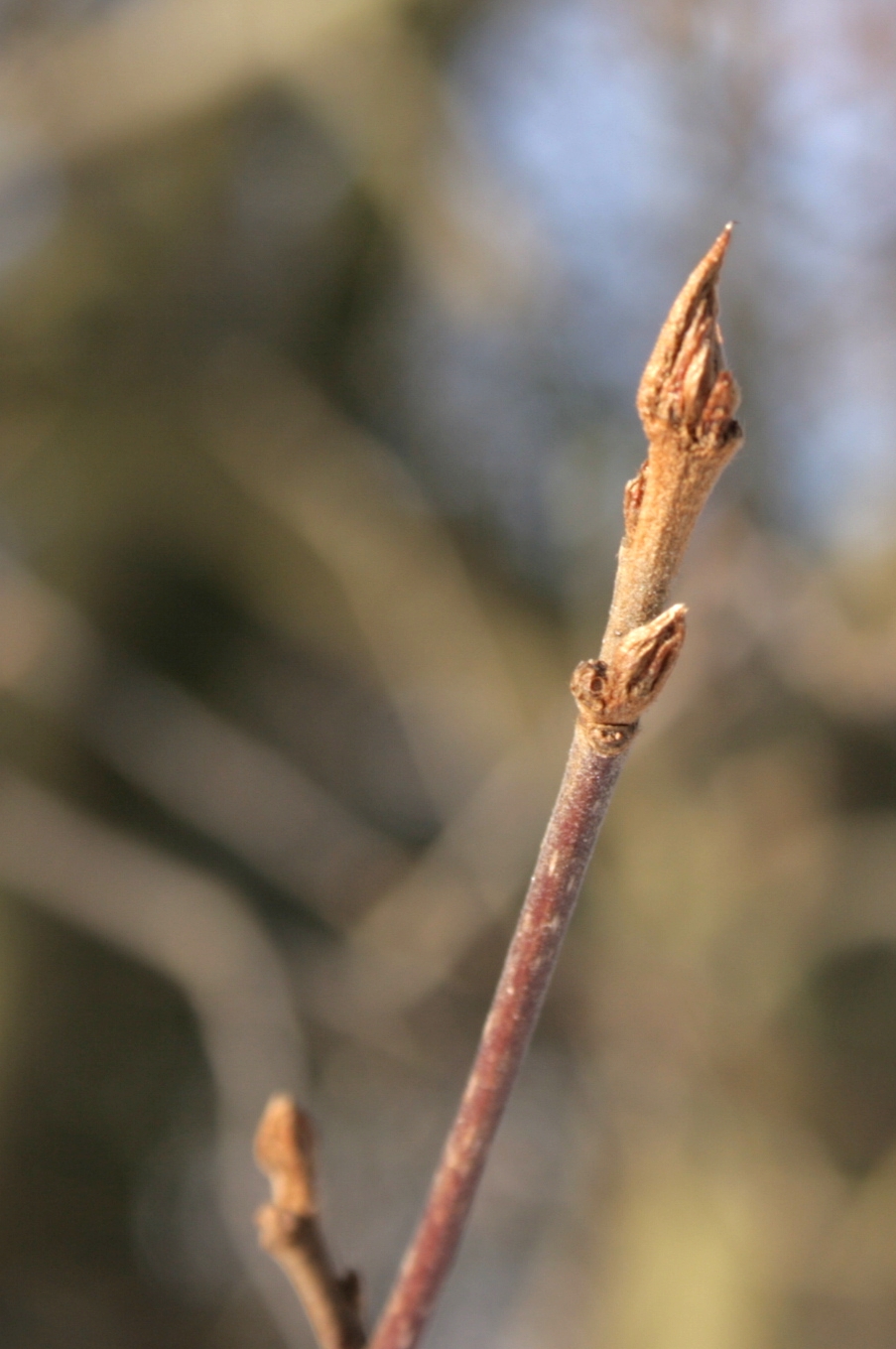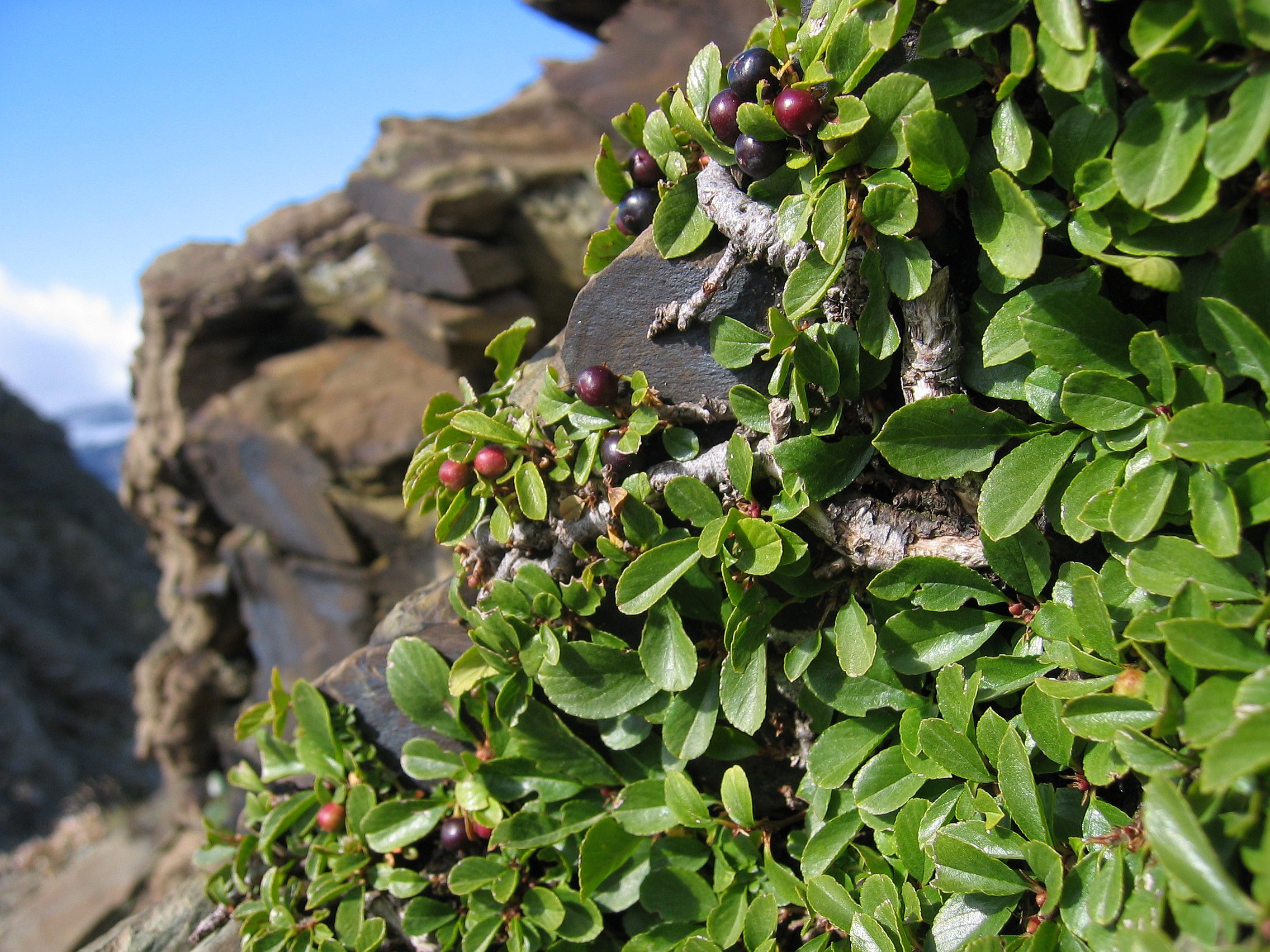|
Frangula
''Frangula'' is a genus of about 35 species of flowering shrubs or small trees, commonly known as alder buckthorn in the buckthorn family Rhamnaceae. The common name buckthorn is also used to describe species of the genus '' Rhamnus'' in the same family and also sea-buckthorn, ''Hippophae rhamnoides'' in the Elaeagnaceae. Description ''Frangula'' is a genus of deciduous shrubs with alternate, simple leaves with stipules, buds without bud scales, branches without spines and flowers with five petals and undivided styles. The fruits are 2 to 4-seeded berries. Selected species include: *''Frangula alnus'' – alder buckthorn, glossy buckthorn, breaking buckthorn, black dogwood *'' Frangula azorica'' *'' Frangula betulifolia'' – birchleaf buckthorn *'' Frangula californica'' – California buckthorn, coffeeberry *'' Frangula caroliniana'' – Carolina buckthorn, Indian cherry (synonym ''Rhamnus caroliniana'') *''Frangula purshiana'' – cascara buckthorn (synonym ''Rhamnus purshiana ... [...More Info...] [...Related Items...] OR: [Wikipedia] [Google] [Baidu] |
Frangula Californica
''Frangula californica'' (previously classified as ''Rhamnus californica'') is a species of flowering plant in the buckthorn family native to western North America. It produces edible fruits and seeds.http://honest-food.net/2014/08/13/california-coffeeberry-edible/. Accessed 15.6.2015. It is commonly known as California coffeeberry and California buckthorn. Description ''Frangula californica'' is a shrub tall.Flowering Plants of the Santa Monica Mountains, revised 2000, p. 168 It is variable in form across subspecies. In favorable conditions the plant can develop into a small tree over tall. More commonly it is a shrub between tall. The branches may have a reddish tinge and the new twigs are often red in color. The alternately arranged leaves are evergreen and glabrous or smooth without hair above; there is normally a waxy-white undercoating on the bottom. The blades are an ovate to elliptic shape, thin in moist habitat, and smaller and thicker in dry areas. The leaves are fu ... [...More Info...] [...Related Items...] OR: [Wikipedia] [Google] [Baidu] |
Frangula Alnus
''Frangula alnus'', commonly known as alder buckthorn, glossy buckthorn, or breaking buckthorn, is a tall deciduous shrub in the family Rhamnaceae. Unlike other "buckthorns", alder buckthorn does not have thorns. It is native to Europe, northernmost Africa, and western Asia, from Ireland and Great Britain north to the 68th parallel north, 68th parallel in Scandinavia, east to central Siberia and Xinjiang in western China, and south to northern Morocco, Turkey, and the Alborz in Iran and Caucasus Mountains, the Caucasus Mountains; in the northwest of its range (Ireland, Scotland), it is rare and scattered. It is also introduced and naturalisation (biology), naturalised in eastern North America.Rushforth, K. (1999). ''Trees of Britain and Europe''. Collins .Flora Europaea''Frangula alnus''/ref>Stace, Clive, et al. ''Interactive Flora of NW Europe''''Frangula alnus''/ref> Description Alder buckthorn is a non-spiny deciduous shrub, growing to , occasionally to tall. It is usually ... [...More Info...] [...Related Items...] OR: [Wikipedia] [Google] [Baidu] |
Frangula
''Frangula'' is a genus of about 35 species of flowering shrubs or small trees, commonly known as alder buckthorn in the buckthorn family Rhamnaceae. The common name buckthorn is also used to describe species of the genus '' Rhamnus'' in the same family and also sea-buckthorn, ''Hippophae rhamnoides'' in the Elaeagnaceae. Description ''Frangula'' is a genus of deciduous shrubs with alternate, simple leaves with stipules, buds without bud scales, branches without spines and flowers with five petals and undivided styles. The fruits are 2 to 4-seeded berries. Selected species include: *''Frangula alnus'' – alder buckthorn, glossy buckthorn, breaking buckthorn, black dogwood *'' Frangula azorica'' *'' Frangula betulifolia'' – birchleaf buckthorn *'' Frangula californica'' – California buckthorn, coffeeberry *'' Frangula caroliniana'' – Carolina buckthorn, Indian cherry (synonym ''Rhamnus caroliniana'') *''Frangula purshiana'' – cascara buckthorn (synonym ''Rhamnus purshiana ... [...More Info...] [...Related Items...] OR: [Wikipedia] [Google] [Baidu] |
Frangula Caroliniana
''Frangula caroliniana'', commonly called the Carolina buckthorn, is a deciduous upright shrub or small tree native to the southeastern, south-central, and mid-western parts of the United States, from Texas east to Florida and north as far as Maryland, Ohio, Missouri, and Oklahoma. There is also an isolated population in the State of Nuevo León in northeastern Mexico. It is found in a wide variety of habitats, including barrens, forests, and limestone bluffs. Description ''Frangula caroliniana'' is usually around high, but capable of reaching in a shaded location. The most striking characteristic of this plant are its shiny, dark green leaves. The flowers are very small and inconspicuous, pale yellow-green, bell-shaped, appearing in leaf axils in late spring after the leaves. The fruit is a small (1/3 inch or 8.3 mm) round drupe In botany, a drupe (or stone fruit) is a type of fruit in which an outer fleshy part (exocarp, or skin, and mesocarp, or flesh) surround ... [...More Info...] [...Related Items...] OR: [Wikipedia] [Google] [Baidu] |
Frangula Rubra
''Frangula rubra'' ( syn. ''Rhamnus rubra'') is a species of flowering plant in the buckthorn family known by the common names red buckthorn and Sierra coffeeberry. Description ''Frangula rubra'' is a spreading shrub approaching in maximum height, its bark red or gray. The thin, deciduous leaves are generally oval in shape, green to grayish in color, and up to long. The edges are smooth or faintly toothed. The inflorescence is an umbel of up to 15 flowers with five pointed sepals opening into a starlike shape and five smaller, greenish petals. The fruit is a drupe which ripens to black. It measures just over 1 cm long and contains 2 seeds. Distribution and habitat It is native to the mountains and plateau areas of northern and eastern California and western Nevada, including the Sierra Nevada and Klamath Mountains, where it grows in many habitat types, including forests, chaparral Chaparral ( ) is a shrubland plant plant community, community found primarily in Californ ... [...More Info...] [...Related Items...] OR: [Wikipedia] [Google] [Baidu] |
Frangula Betulifolia
''Frangula betulifolia'', the birchleaf buckthorn, is a shrub or small tree in the buckthorn family, Rhamnaceae. It is native in northern Mexico in the Sierra Madre Occidental cordillera, and mountainous, desert regions of the Southwestern United States of Arizona, Utah, New Mexico, and far west Texas; besides being found in Sonora, Chihuahua and Durango of the Occidental cordillera, a large species locale occurs to the east in Nuevo León. ''Frangula betulifolia'' has large ovate leaves, and can grow to be a small tree from 3-10m tall. Blooms in spring, May–June, followed by black-purple fruits in fall. The inner bark was chewed by Native Americans for medicinal purposes. The former variety ''obovata'' with rounder leaves, occurring from southern Nevada through northern Arizona and southern Utah to southwestern Colorado, is now a separate species '' Frangula obovata''. Range The core range of the birchleaf buckthorn is the northern Sierra Madre Occidental cordillera, from ce ... [...More Info...] [...Related Items...] OR: [Wikipedia] [Google] [Baidu] |
Frangula Azorica
''Frangula azorica'' is a tall semi-deciduous shrub or small tree in the family Rhamnaceae. It is endemic to the Azores, Portugal. Fossil evidence suggests this species was also native to Madeira but went extinct. It is threatened by habitat loss Habitat destruction (also termed habitat loss or habitat reduction) occurs when a natural habitat is no longer able to support its native species. The organisms once living there have either moved elsewhere, or are dead, leading to a decrease .... References azorica Endemic flora of the Azores Taxonomy articles created by Polbot Habitats Directive species {{Rhamnaceae-stub ... [...More Info...] [...Related Items...] OR: [Wikipedia] [Google] [Baidu] |
Frangula Purshiana
''Frangula purshiana'' (cascara, cascara buckthorn, cascara sagrada, bearberry, and in the Chinook Jargon, chittem stick and chitticum stick; syn. ''Rhamnus purshiana'') is a species of plant in the family Rhamnaceae. It is native to western North America from southern British Columbia south to central California, and eastward to northwestern Montana. The dried bark of cascara was used as a laxative in folk medicine by the indigenous peoples of the Pacific Northwest, and later worldwide in conventional medicines until 2002. Description Cascara is a large shrub or small tree tall, with a trunk in diameter. The buds have no scales, unique for the northwest region. The thin bark is brownish to silver-gray with light splotching (often, in part, from lichens); the inner bark is smooth and yellowish (turning dark brown with age and/or exposure to sunlight). Cascara bark has an intensely bitter flavor that will remain in the mouth for hours, overpowering and even numbing the taste ... [...More Info...] [...Related Items...] OR: [Wikipedia] [Google] [Baidu] |
Rhamnaceae
The Rhamnaceae are a large Family (biology), family of flowering plants, mostly trees, shrubs, and some vines, commonly called the buckthorn family. Rhamnaceae is included in the order Rosales. The family contains about 55 genera and 950 species. The Rhamnaceae have a worldwide distribution, but are more common in the subtropical and tropical regions. The earliest fossil evidence of Rhamnaceae is from the Late Cretaceous. Fossil flowers have been collected from the Upper Cretaceous of Mexico and the Paleocene of Argentina. Leaves of family Rhamnaceae members are Simple leaf, simple, i.e., the leaf blades are not divided into smaller leaflets.Flowering Plants of the Santa Monica Mountains, Nancy Dale, 2nd Ed. 2000, p. 166 Leaves can be either alternate or opposite leaves, opposite. Stipules are present and modified into spines in many genera. In some (e.g. ''Paliurus spina-christi'' and ''Colletia paradoxa'') spectacularly so. ''Colletia'' stands out by having two axillary buds i ... [...More Info...] [...Related Items...] OR: [Wikipedia] [Google] [Baidu] |
Rhamnus (plant)
''Rhamnus'' is a genus of about 140 accepted species of shrubs or small trees, commonly known as buckthorns, in the family Rhamnaceae. Its species range from tall (rarely to ) and are native mainly in east Asia and North America, but found throughout the temperate and subtropical Northern Hemisphere, and also more locally in the subtropical Southern Hemisphere in parts of Africa and South America. One species, the common buckthorn (''Rhamnus cathartica''), is able to flourish as an invasive species, invasive plant in parts of Canada and the United States, where it has become naturalisation (biology), naturalized. Both deciduous and evergreen species occur. The leaves are simple, long, and arranged alternately, in opposite pairs, or almost paired (subopposite). One distinctive character of many buckthorns is the way the venation (botany), veination curves upward towards the tip of the leaf. The plant bears fruits which are black or red berry-like drupes. The name is due to the ... [...More Info...] [...Related Items...] OR: [Wikipedia] [Google] [Baidu] |
Elaeagnaceae
The Elaeagnaceae are a plant family, the oleaster family, of the order Rosales comprising small trees and shrubs, native to temperate regions of the Northern Hemisphere, south into tropical Asia and Australia. The family has about 60 species in three genera. They are commonly thorny, with simple leaves often coated with tiny scales or hairs. Most of the species are xerophytes (found in dry habitats); several are also halophytes, tolerating high levels of soil salinity. The Elaeagnaceae often harbor nitrogen-fixing actinomycetes of the genus '' Frankia'' in root nodules, making them useful for soil reclamation. This characteristic, together with their production of plentiful seeds, often results in the Elaeagnaceae being regarded as weeds. The stems and leaves are covered with silvery brown or golden hairs which are either peltate or scaly. ''Shepherdia'' and ''Hippophae'' are unisexual, the female and male borne on different plants (dioecious). There are no petals, the perian ... [...More Info...] [...Related Items...] OR: [Wikipedia] [Google] [Baidu] |



